Related Research Articles
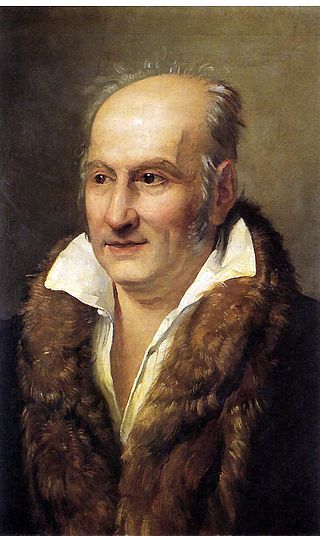
Gian Domenico Romagnosi was an Italian philosopher, economist and jurist.
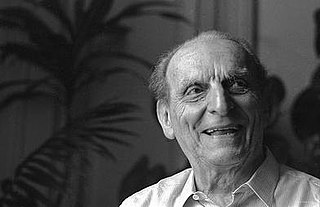
Norberto Bobbio was an Italian philosopher of law and political sciences and a historian of political thought. He also wrote regularly for the Turin-based daily La Stampa. Bobbio was a social liberal in the tradition of Piero Gobetti, Carlo Rosselli, Guido Calogero, and Aldo Capitini. He was also strongly influenced by Hans Kelsen and Vilfredo Pareto. He was considered one of the greatest Italian intellectuals of the 20th century.

The Macchiaioli were a group of Italian painters active in Tuscany in the second half of the nineteenth century. They strayed from antiquated conventions taught by the Italian art academies, and did much of their painting outdoors in order to capture natural light, shade, and colour. This practice relates the Macchiaioli to the French Impressionists who came to prominence a few years later, although the Macchiaioli pursued somewhat different purposes. The most notable artists of this movement were Giuseppe Abbati, Cristiano Banti, Odoardo Borrani, Vincenzo Cabianca, Adriano Cecioni, Vito D'Ancona, Serafino De Tivoli, Giovanni Fattori, Raffaello Sernesi, Silvestro Lega, and Telemaco Signorini.

Giovanni Fattori was an Italian artist, one of the leaders of the group known as the Macchiaioli. He was initially a painter of historical themes and military subjects. In his middle years, inspired by the Barbizon school, he became one of the leading Italian plein-airists, painting landscapes, rural scenes, and scenes of military life. After 1884, he devoted much energy to etching.
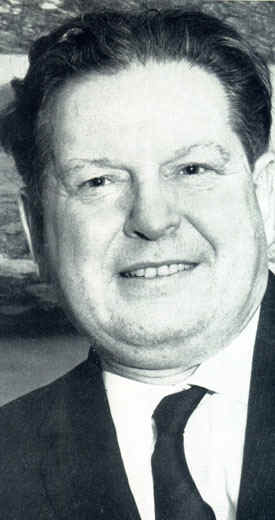
Bruno Leoni was an Italian classical-liberal political philosopher and lawyer. Whilst the war kept Leoni away from teaching, in 1945 he became Full professor of Philosophy of Law. Leoni was also appointed Dean of the Department of Political Sciences at the University of Pavia from 1948 to 1960.

Cino da Pistoia was an Italian jurist and poet. He was the university teacher of Bartolus de Saxoferrato and a friend and intellectual influence on Dante Alighieri.

Vittorio Emanuele Orlando was an Italian statesman, who served as the Prime Minister of Italy from October 1917 to June 1919. Orlando is best known for representing Italy in the 1919 Paris Peace Conference with his foreign minister Sidney Sonnino. He was also known as "Premier of Victory" for defeating the Central Powers along with the Entente in World War I. He was also the provisional President of the Chamber of Deputies between 1943 and 1945, and a member of the Constituent Assembly that changed the Italian form of government into a republic. Aside from his prominent political role, Orlando was a professor of law and is known for his writings on legal and judicial issues, which number over a hundred works.

Piero Calamandrei was an Italian author, jurist, soldier, university professor, and politician. He was one of Italy's leading authorities on the law of civil procedure.

Telemaco Signorini was an Italian artist who belonged to the group known as the Macchiaioli.

Sabino Cassese is an Italian jurist, former minister for the public function in the Ciampi government (1993–1994), and judge of the Constitutional Court of Italy (2005–2014).
Global administrative law is an emerging field that is based upon a dual insight: that much of what is usually termed “global governance” can be accurately characterized as administrative action; and that increasingly such action is itself being regulated by administrative law-type principles, rules and mechanisms – in particular those relating to participation, transparency, accountability and review. GAL, then, refers to the structures, procedures and normative standards for regulatory decision-making including transparency, participation, and review, and the rule-governed mechanisms for implementing these standards, that are applicable to formal intergovernmental regulatory bodies; to informal intergovernmental regulatory networks; to regulatory decisions of national governments where these are part of or constrained by an international intergovernmental regime; and to hybrid public-private or private transnational bodies. The focus of this field is not the specific content of substantive rules, but rather the operation of existing or possible principles, procedural rules and reviewing and other mechanisms relating to accountability, transparency, participation, and assurance of legality in global governance.

Piero Sacerdoti was an Italian insurer and university professor, general manager of Riunione Adriatica di Sicurtà in Milan from 1949 to his death.
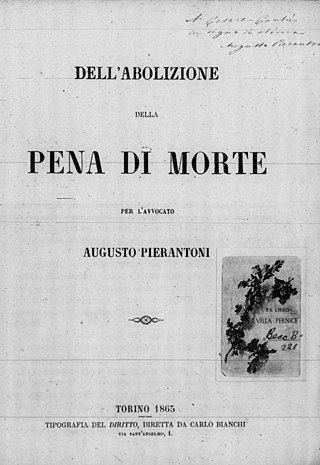
Augusto Pierantoni was an Italian jurist, professor, and politician in the Kingdom of Italy. He was also one of the founding members of the Institut de Droit International.
Andrea Della Corte was an Italian musicologist and critic. Born in Naples on 5 April 1883, Della Corte studied law at the University of the native city, but was self-taught in music. After some short experiences in Neapolitan papers, he moved to Turin, where he was music critic for La Stampa from 1919 to May 1967. He brought the music journalism in Italy to a level of «professionalism hitherto unknown». In Turin, Della Corte also taught history of music, both at the Turin Conservatory (1926–53) and at the University of Turin (1939–53).
Fausto Cuocolo was an Italian jurist and politician. Cuocolo was amongst the most important Italian constitutionalist and one of the "fathers" of the Italian regionalism.
Teleadministration is based on the concept that documents in electronic format have legal value. Administrative informatics is not new, but for many years it was merely Information Technology applied to legal documents, that is, the reproduction of paper-based legal documents into electronic file systems. Instead, Teleadministration turns this approach into its head. It is based on research conducted in 1978, the year when, at a conference promoted by the Court of Cassation, Giovanni Duni launched the then-futuristic idea that an electronic document could have legal value. 1978 was also the year in which the first research on digital signatures (RSA) was published in the United States, yet it would take more than twenty-five years for jurists and mathematicians to start working together.
Federico Cammeo was an Italian jurist and an important figure in the public law of the Fascist era in Italy.
The Italian public administration, in the Italian legal system, indicates the set of public bodies belonging to the public administration of the Italian Republic.
Giovanni Maria Lampredi was an Italian jurist, scholar, and writer, active in Tuscany. He is also remembered for his text on Etruscan culture.
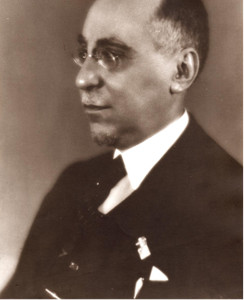
Santi Romano was an Italian public lawyer who taught administrative law, constitutional law, ecclesiastical law and international law in several Italian universities. He was President of the Council of State from 1928 to 1944 and Senator of the Kingdom from 1934, and as member of the Lincean Academy.
References
- 1 2 3 scienzaevergognaunito (2018-10-30). "CINO VITTA (1873-1956)". Scienza e vergogna (in Italian).
- 1 2 ""Comitato Nazionale per le celebrazioni del centenario dell'opera "Giustizia Amministrativa" di Cino Vitta MINISTERO PER I BENI E LE ATTIVITÀ CULTURALI". 2023-01-15. Archived from the original (PDF) on 2023-01-15. Retrieved 2023-01-15.
- ↑ Giovanni Miele, Cino Vitta, in Rivista trimestrale di diritto pubblico, 1956, pp. 191
- ↑ "Italy Seizes New Zealand Paintings". AP NEWS. Retrieved 2023-01-15.
New Zealand's Public Art Gallery bought all the paintings and two others from a local resident in 1994 for just $11,000. The gallery's curator, Peter Entwisle, described them as the most important historical find in New Zealand in 30 years and their purchase as a major coup. The New Zealand Herald reported Saturday that the works, loaned to Italy for an exhibition, were recently confiscated by the superintendent of art in Florence after Vitta's brothers claimed they were stolen and sought their return.
- ↑ "RESOLVED STOLEN ART CLAIMS CLAIMS FOR ART STOLEN DURING THE NAZI ERA AND WORLD WAR II, INCLUDING NAZI-LOOTED ART AND TROPHY ART*" (PDF).
- ↑ "The stolen art that found its way home". The Independent. 1999-11-13. Retrieved 2023-01-15.
- ↑ "ARBITRATING CULTURAL PROPERTY DISPUTES" (PDF).
In the heirs of Cino Vitta's claim against the New Zealand Public Gallery of Art for five paintings from the Macchiaioli school in 1999, a compromise was reached where the museum retained three works and two works were auctioned for the benefit of the claimants.